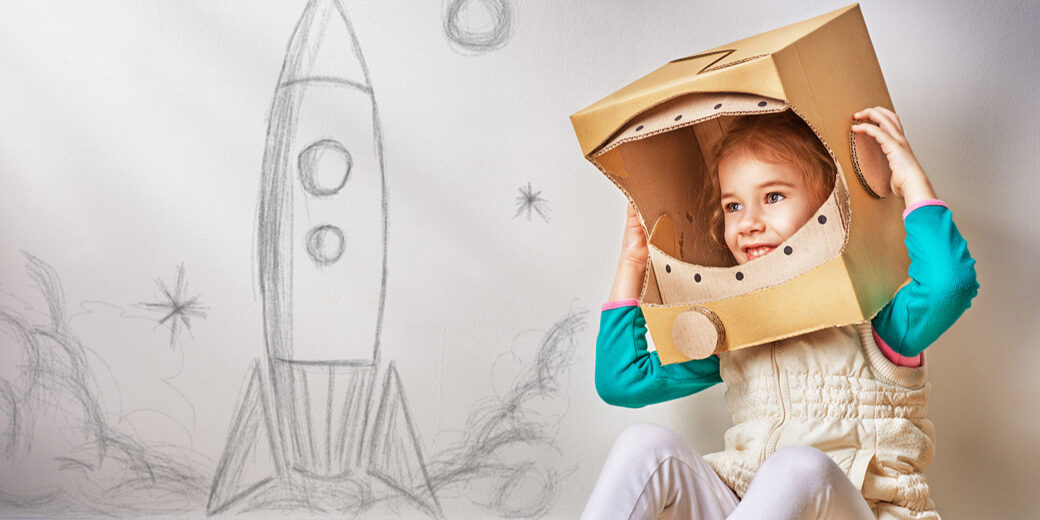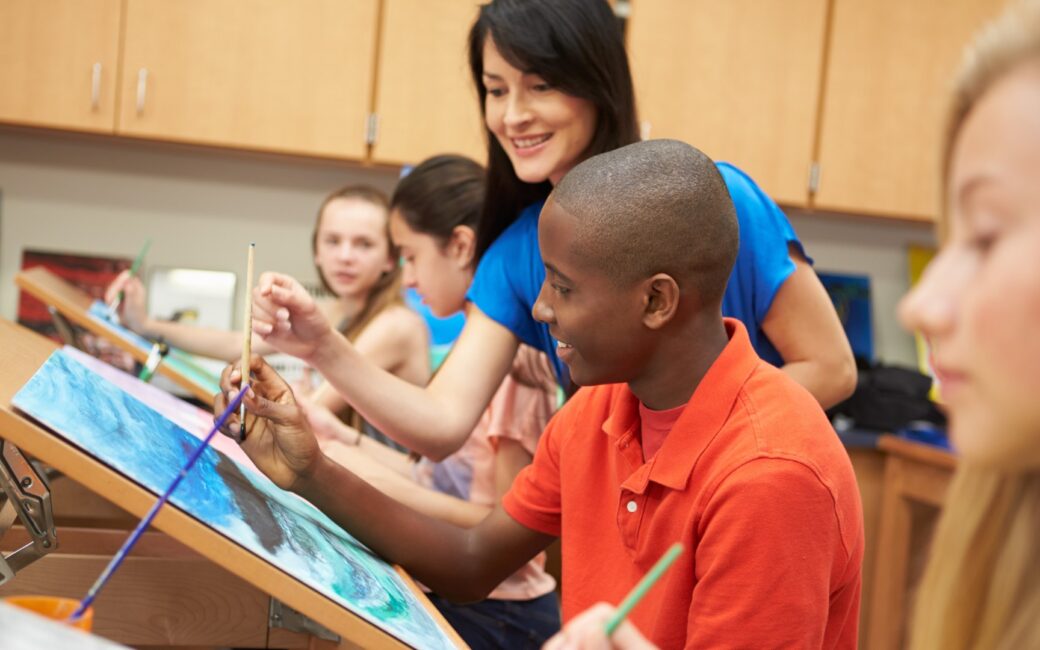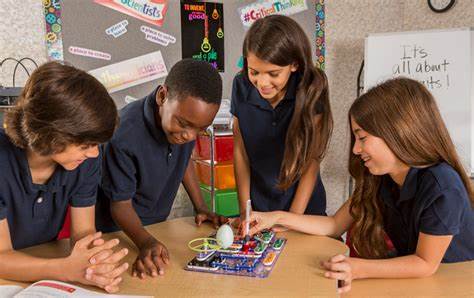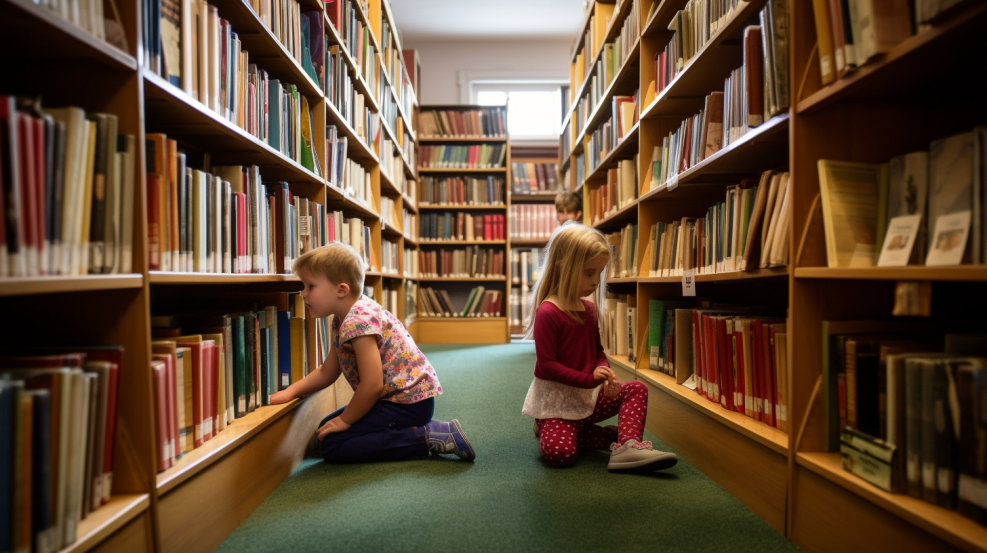Magic: The Gathering is not just a game; it’s a universe of strategy, lore, and artistry. Among its vibrant community, a unique craft has flourished – the art of altering cards. This creative endeavor breathes new life into the cards, transforming them into personalized pieces of art. From subtle border extensions to complete thematic overhauls, altered cards reflect the creativity and passion of both the artists who create them and the players who collect them.
The Art of Alteration
Altered MTG proxy cards come in various forms. Extended art alters expand the original artwork beyond its borders, creating a more immersive visual experience. Full-art versions remove the border entirely, showcasing the artwork in its full glory. Thematic alterations reimagine the card with entirely new artwork, often reflecting a specific theme or fandom beloved by the player.
The Community and Culture
The altered card community is a testament to the game’s ability to inspire creativity. Artists share their creations on social media and dedicated websites, while players commission pieces to add a personal touch to their decks. This synergy between artists and players has fostered a supportive and vibrant community centered around the appreciation of art and the love of the game.
Legalities and Gameplay
While altered cards are cherished for their aesthetic value, they also come with certain considerations regarding their use in official gameplay. The main rule is that alterations should not obstruct the card’s essential elements, such as the name, mana cost, and card text. Magic cards must also be recognizable and not contain offensive images. Before using altered cards in competitive play, it’s advisable to check with tournament judges to ensure compliance.
Spotlight on Popular Artists
Many artists have made a name for themselves within the MTG altered card scene, each bringing their unique style to the table. From the detailed and realistic to the whimsical and abstract, these artists showcase the wide range of creativity that the medium allows. Websites like Magicalter and Revelen’s Light Alters offer galleries of altered cards, where fans can purchase ready-made pieces or commission custom artworks.
The Process of Creating an Altered Card
Altering a card requires a mix of artistic skill and knowledge of the game. Artists typically start with a clear plan for the alteration, considering both the visual impact and the need to maintain the card’s playability. Using acrylic paints or other mediums, they meticulously apply the new design, ensuring that the final product is both beautiful and functional.
Commissioning Altered Cards
For those looking to commission altered cards, the process is straightforward but requires clear communication between theplayer and the artist. It begins with selecting an artist whose style aligns with the player’s vision. Communication is key, detailing the desired outcome, theme, and any specific elements to be included. Pricing varies widely depending on the complexity of the design and the reputation of the artist. Many artists showcase their pricing and commission process on their websites, providing a straightforward way for enthusiasts to get started.









